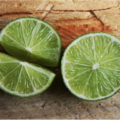What is the orange pith, eat it or not?
What you see: A delicate white fluff in the center of your clementine (or tangerine, or another kind of Mandarin Chinese).
What it is: Basically simply an airier version of the white pith that lines the inside of the peel and also the area in between segments. It’s called albedo.
Eat or toss the white stuff in orange? The citrus is completely fine, so eat! Some individuals do not eat the albedo itself because it can be bitter, but that’s an inquiry of taste and not safety
.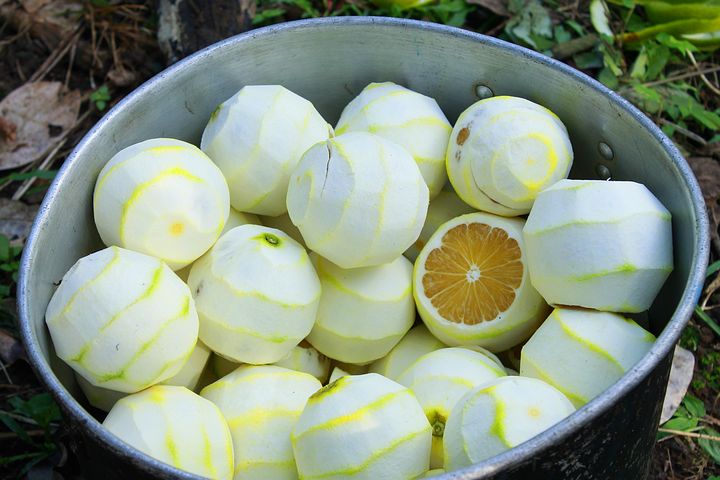
What is orange pith?
And why you must eat that white stuff you usually eliminate. The white that’s left on an orange after it’s peeled is called the pith.
Recently, I made a blood orange cello. How to peel an orange without the white stuff? Oh well, I spent about an hr and fifty minutes meticulously scuffing every fleck of pith from the fruit peels before I included them to vodka, instilling their oils right into the spirit for a month. My exuberant pith-removal was done to guarantee that it really did not add any taste to my cello that I didn’t want.
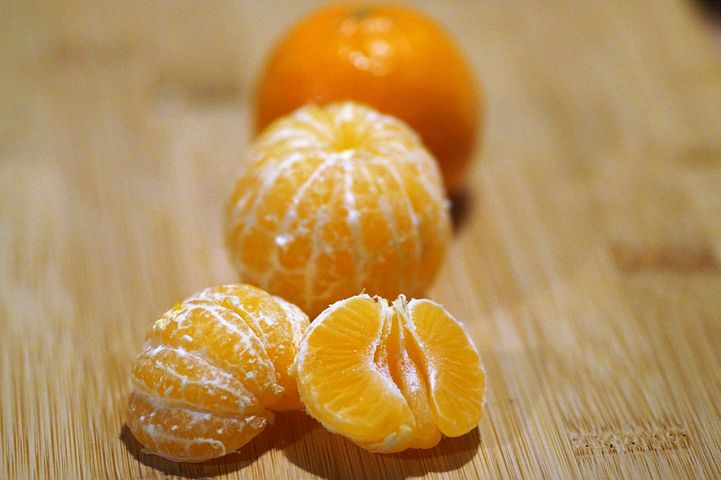
The pith is the white part of orange, the mushy white material that’s in between the peel and the fruit in oranges and other citrus fruits. It can be extremely bitter on a grapefruit, but it’s often kind of bland on an orange. Still, I took no chances with my cello, which is now aging in a dark recess of my cellar.
When some pith is left behind on the orange that you desire to pop in your mouth or use in a recipe, it usually does absolutely nothing to detract from the sweet taste. Plus, it actually includes something: nutrition.
The white part of orange is harmful?
For the paranoid amongst us, the delicate, fluffy white fibers at the facility of some clementines can look hauntingly like the delicate fuzz we associate with mold.
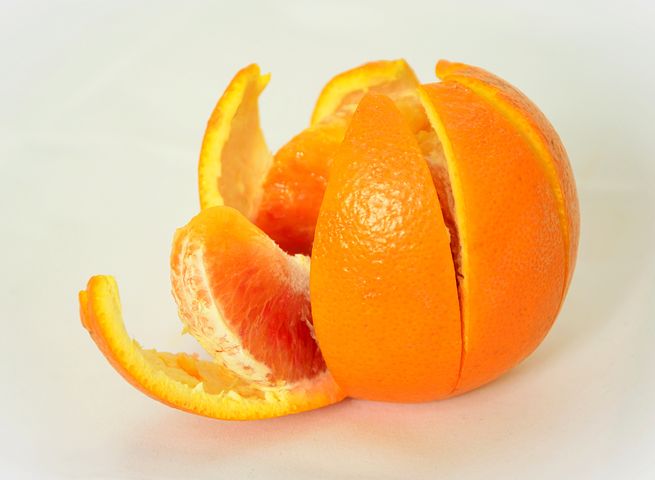
The good news is, nonetheless, this is not mold, however rather “albedo,” or, the white pith inside all citrus fruits. Albedo– you see it inside the peel and also in the “core” of the fruit, and in the strings, you most likely select off your orange sectors– is a loose network of cells having reasonably huge air pockets. This makes sense when you think about that albedo is a type of like the fruit’s natural response to packing foam. It supports the citrus from drops and other fruity accidents.
While some citrus fruits have a tight link down their central cores, mandarins (a category that includes this clementine) don’t. There’s an open space in the actual facility and sometimes you’ll discover a specifically fluffy bit of albedo settling.

Pith Benefits
All citrus has pith, the white compound between the peel as well as the fruit that’s packed with nourishment.
When I scratched all that pith from the peels, I got rid of a good quantity of nutrition, however, nourishment isn’t what you’re going within blood orange cello. When you consume orange fruit, however, the fruit’s health and wellness advantages– plus its pleasant juicy flavor– usually are what you’re going with. Just how much nutrition did I lose that day? According to Health Website, quite a bit.
Fiber
Pith is rich in fiber. When it’s completely removed, the fiber web content of orange is reduced by 30 percent. As well as pectin, a sort of fiber is only located in the pith. The advantages of pectin consist of relief from diarrhea and also helping in healthy and balanced cholesterol. By getting rid of the pith, you’re also burglarizing on your own of half of the orange’s readily available vitamin C. There’s as much of the vitamin in just the pith as you’ll get from all of the flesh in an orange.
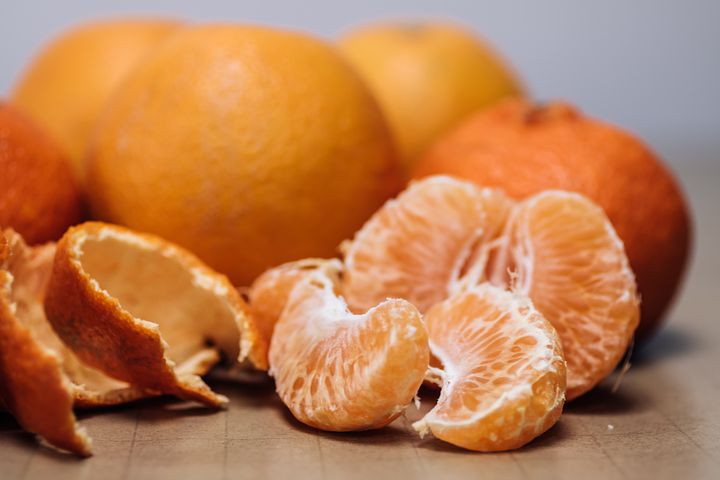
Anti-oxidant
The pith is likewise abundant in flavonoids, a kind of anti-oxidant that enhances the immune system, is anti-inflammatory as well as anti-microbial. The flavonoids additionally aid raise great cholesterol, offering the pith a dual dosage of cholesterol-helping benefits.
Summary
The question is, why do we typically eliminate every little bit of the white pith from an orange prior to we eat it? It does not truly influence the taste and its chock full of nutrition. It might be that pith is related to anger, yet with orange, that association is typically lost. It may additionally be that the pith isn’t as pleasing to the eye as the brilliant orange shade of the fruit.
With all the nutrition that’s crammed in the orange pith, I think it’s time to get over that hostility.

